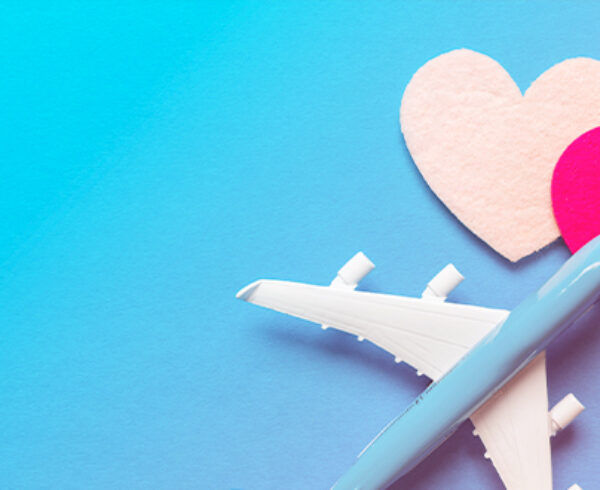When you travel often for business, you know just how frustrating the boarding process can be. Thankfully, airlines have noticed, too — and they’re taking action.
The boarding process is a pet peeve for many Business Travelers. Group numbers and zones can be confusing and difficult to hear over loudspeakers. Passengers herd around the gate well before it’s their turn. Lines seem to snake on forever, and the whole ordeal takes far too long.
But things are starting to change — finally. Various airlines are testing and implementing new boarding processes that should improve the business traveler experience. Here’s a look at boarding process changes already made or soon coming to some of the largest U.S.-based carriers.
Different Boarding Process Adjustments for Different Airlines
It’s encouraging that so many different airlines are recognizing how broken the boarding process has become. But, that said, different airlines are taking different approaches to fix the problem. Here’s a look at how 3 airlines are seeking to improve the boarding process.
1. United
One of the greatest challenges with the boarding process is how different groups are called. In September 2018, United completely overhauled how it calls different groups.
Previously, United used five boarding lines that led to lengthy waits and general confusion. Now, United is using a more streamlined system that includes only two lines:
- Lane 1 (Blue)
- Lane 2 (Green)
Pre-boarding customers will use the Blue lane. This includes United’s Premier 1K passengers, Global Services frequent flyers, active military personnel, the disabled and families with children 2 or younger.
After pre-boarding, Group 1 (first class, business class and Platinum and Gold frequent fliers) line up in the Blue lane while Group 2 (Silver frequent fliers, United credit card holders and those with priority access) line up in the Green lane.
Groups 3, 4 and 5 will use the Green lane, too, while any passengers in Group 1 and 2 who show up late will use the Blue lane. Improved digital displays will help passengers know when it’s time to board and what lines they should use. This approach was tested at Los Angeles International Airport before it was pushed out to all United gates in fall 2018.

2. Delta
In an effort to improve the business traveler experience and the general travel experience, Delta has redesigned its boarding zones. Previously, Delta used 6 different zones to board its planes. Now, Delta will use 8 color-coded zones to streamline the boarding process.
Passengers who once fell into Zone 1 will now split between Zone 1 (Delta One passengers) and Zone 2 (Delta Premium Select and first class passengers). Passengers who once fell into Zone 2 will now split between Zone 3 (Delta Comfort+ passengers) and Zone 4 (Sky Priority passengers).
Also, Delta has created a unique color-coding scheme that will be included throughout the shopping experience, on boarding passes, as well as on jetway screens and boarding signage.
These changes took effect on Jan. 23, but Delta is committed to gathering feedback and making continuous improvements as the new boarding process rollout reaches its completion later in 2019.
3. Southwest
Southwest is taking a different approach to boarding process improvements. Southwest has traditionally used a boarding order that gives passengers an individual number (rather than relying solely on zones). Now, it’s testing the use of two separate doors for boarding and deplaning.
Passengers will be able to choose between using a forward door and a rear door. The forward door will connect directly to the jetway and provide an experience like passengers are accustomed to having at major airports. Use of the rear door may require passengers to use stairs and to walk on the tarmac for a short distance.
Southwest is now testing this new approach at 4 airports in California — Burbank, Long Beach, Sacramento and San Jose. It’s thought that passengers who struggle with stairs or who are traveling with heavy carry-ons will use the front door, but that passengers comfortable with stairs who are traveling lighter will opt for the rear door.
Find the Flights That Work Best for You
Every minute counts when you’re traveling for business. A boarding or deplaning process that takes too long can mean a missed connection or the need to head straight to a meeting rather than relaxing at the hotel first.
At JTB Business Travel, we help companies save money on business travel, while also helping their team members enjoy better business traveler experiences.
Contact us to learn more about our services as a comprehensive corporate travel agency.














Leave a Comment